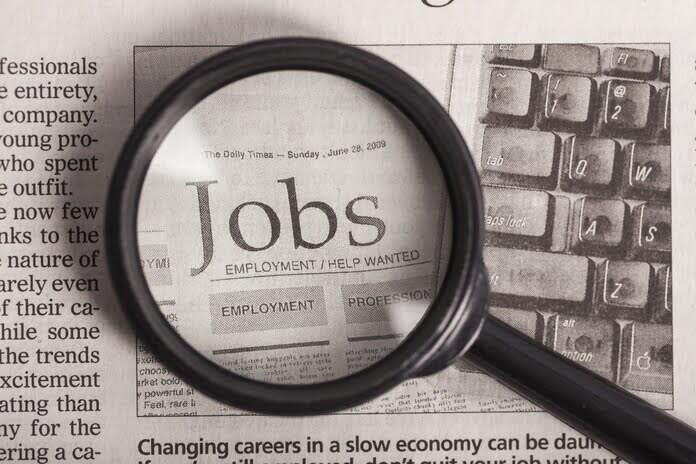Applications for unemployment benefits in the United States continued to decline, underscoring the robustness of the job market despite elevated interest rates. According to the latest report from the Labor Department on Thursday, jobless claims dropped to 202,000 for the week ending December 30, marking an 18,000 decrease from the previous week. The four-week average, which smooths out weekly fluctuations, also decreased by 4,750 to 207,750.
In the week ending December 23, the overall number of Americans receiving jobless benefits decreased by 31,000 to 1.86 million, reaching the lowest level in two months.
Weekly unemployment claims serve as a barometer for layoffs and have consistently remained exceptionally low even in the face of heightened interest rates. The Federal Reserve, in response to surging inflation following a strong economic rebound from the COVID-19 recession in 2020, has raised its benchmark rate 11 times since March 2022.
Despite initial concerns that the rate hikes would lead the U.S. economy into a recession, both the economy and the job market have displayed remarkable resilience. The unemployment rate has maintained a level below 4% for 22 consecutive months, the longest streak since the 1960s.
While the number of job openings has slightly decreased, it still remains historically high. The government’s report on Wednesday revealed that employers posted 8.8 million job openings in November, a slight dip from October and the lowest since March 2021. However, demand for workers remains strong by historical standards.
The combination of a slowdown in inflation and a low unemployment rate has fueled optimism that the Federal Reserve is achieving a “soft landing” strategy. This involves raising interest rates sufficiently to curb inflation without triggering a recession. The central bank has refrained from further rate hikes in its recent meetings and is now indicating a potential for rate cuts in the coming year.
Featured Image: Freepik @ BillionPhotos









